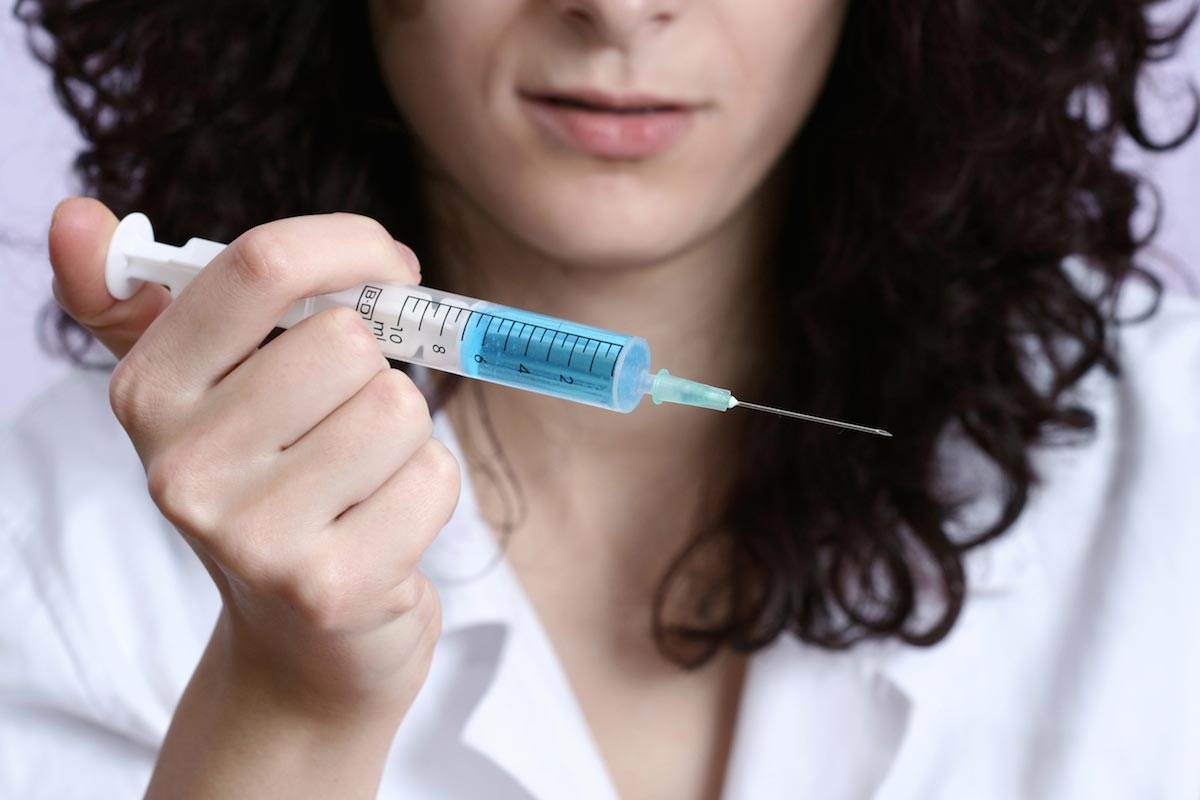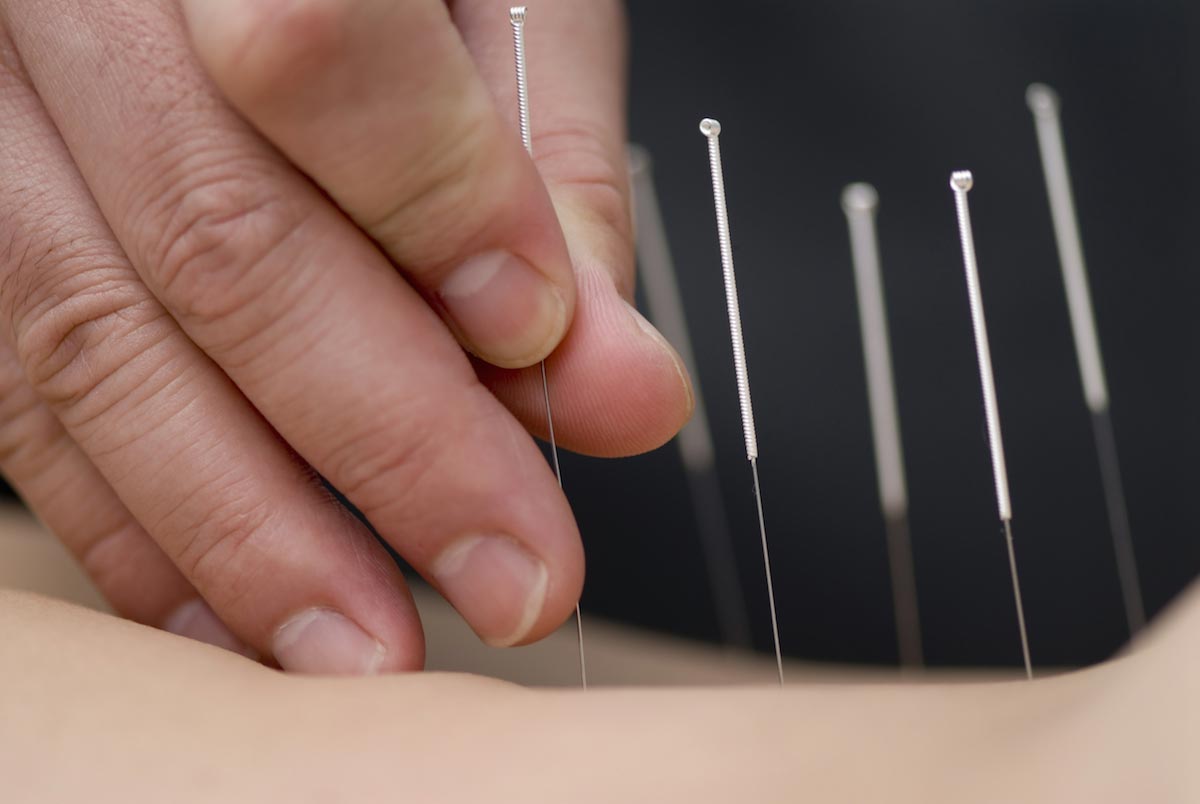Hospital admits they contributed to the opioid epidemic through unnecessary prescriptions: Now prescriptions are limited and addiction cases are down
12/16/2017 / By Frances Bloomfield

In an effort to curb opioid use, the University of Florida Health Shands Hospital implemented the enhanced recovery after surgery (ERAS) protocol in mid-2015. Under this, doctors can no longer impose narcotics on patients with impunity, and must make an effort to find and write prescriptions. Come 2017, and the results can already be seen: prescription opioid use has dipped among colorectal surgery patients.
The change came as part of the hospital’s attempts to improve the quality of care being received by colorectal patients, which in itself falls under the ERAS protocol. Before this dramatic turnaround could occur, the doctors comprising the colorectal team compared opioid prescription and usage before and after the introduction of the ERAS protocol.
“We decided to compare narcotic use among our own patients. We found that narcotic medication was not necessarily needed for pain control after surgery. We also found that we could significantly decrease the number of prescriptions we were writing. And, when narcotics were prescribed, the doses were much lower,” explained Dr. Atif Iqbal. He added that patients would only leave the hospital with opioid prescriptions if absolutely necessary. (Related: Prescription opioid deaths surpass gun-related deaths… Big Pharma literally killing more people than GUNS)
Following the enforcement of the ERAS protocol, the total amount of opioids used decreased by 87 percent, while the total number of doses dropped from 1,254 miiligrams to a mere 23 mg. Inpatients had also been positively impacted by this new rule, as the usage of opioid-dispensing, post-surgery pain pumps was reduced to seven percent from 63 percent.
Mother Nature's micronutrient secret: Organic Broccoli Sprout Capsules now available, delivering 280mg of high-density nutrition, including the extraordinary "sulforaphane" and "glucosinolate" nutrients found only in cruciferous healing foods. Every lot laboratory tested. See availability here.
“As-needed oral narcotics were prescribed for about two-thirds of patients, compared to 90 percent. The average medication dose also decreased by nearly half. The amount of patients prescribed narcotics after discharge also decreased from 85 percent to 55 percent,” Iqbal added. “Fewer patients are receiving oral narcotics during their hospital stay.
“More importantly, we are discharging even fewer patients with prescriptions for narcotic pain medication. Often, patients become addicted after taking legally prescribed narcotics.”
Indeed, hospitals too play a part in driving the opioid epidemic. Though rather than being complacent about it for fear of rocking the boat, other hospitals have opted for a similarly proactive approach.
For instance, at the University of Michigan’s Michigan Medicine, a group of surgeons created new guidelines for gallbladder surgery patients based on a study they conducted last year. Shortly after, they found that patients weren’t feeling increased levels of pain despite receiving less medication than before.
Speaking to KHN.org, former director of the White House Office of National Drug Control Policy Michael Botticelli commented: “This really shows in a very methodological way that we are dramatically overprescribing. Not only do we have to reduce the supply to prevent future addiction, but we really have to minimize opportunities for diversion and misuse.”
If more hospitals were to take this route, then beating the opioid crisis may become close to feasible. Of course, doing so won’t solve the problem straight away, if at all. Still, it’s as good a place to start as any.
Visit Opioids.news to stay up to date on all media discussing the continuing opioid epidemic.
Sources include:
Tagged Under: health, Medicine, opioid crisis, opioid epidemic, Opioids




















